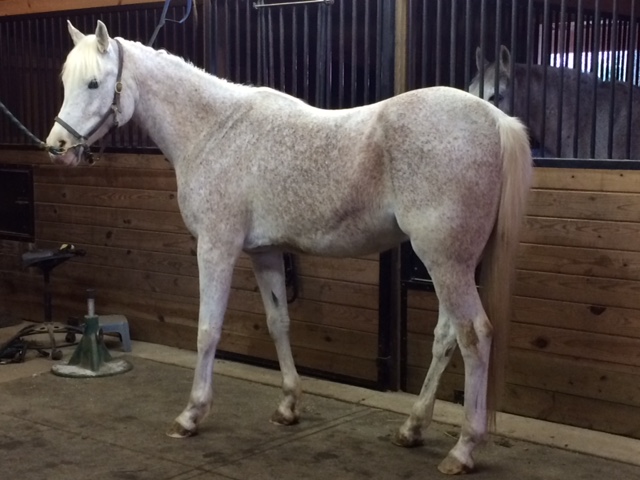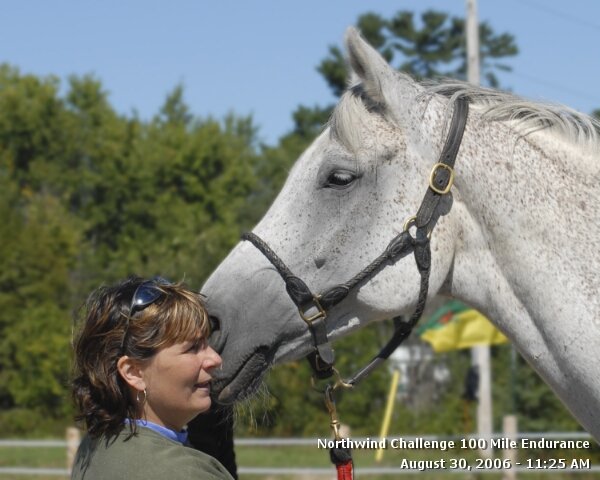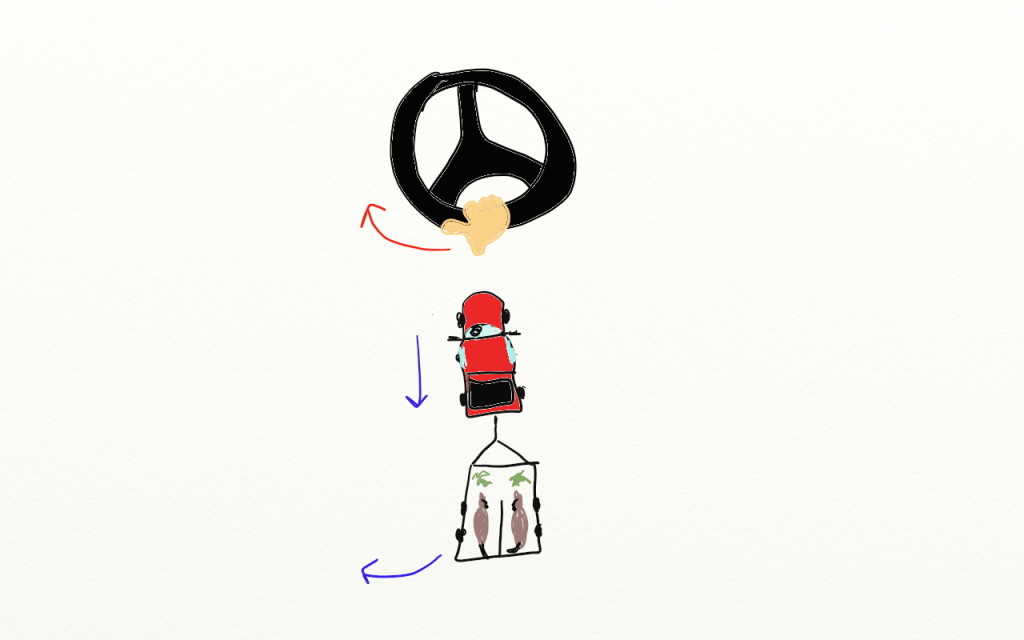 EnduranceIntrospection.com - Full Story
EnduranceIntrospection.com - Full Story
by Patti Stedman | Apr 10, 2017
This week I am vacationing with my brother’s family in the Outer Banks of North Carolina.
My nieces are almost “up and out” as I like to call it, in their late teens and early twenties, and the youngest two are here, with friends in tow.
I turn 50 this year.
The platitudes I heard in my youth (largely ignored) have come home to roost.
“Youth is wasted on the young.”
“Just wait ’til you’re my age … ”
“If you don’t have your health, you don’t have anything.”
Everything from quips about metabolism, sun exposure, financial security, to notions about taking risks, and the benefits of sleep.
At 50, you are solidly who you are.
I was astounded to hear, over dinner conversation, that one of my niece’s friends had recently tattooed on an arm — “Love yours.” That’s pretty connected and heady insight for a barely twenty-something.
Perhaps this generation won’t be our ruination. (This was something I heard a lot about my own generation from folks in the grandparents’ age-range.)
I take secret joy at the uncanny personality traits I share with my older brother.
Each morning, we are the first to rise, within minutes of each other. We’re quiet and seek coffee, then immediately settle into work, or at the hotel on our way to our destination, do a tap dance of happy feet. We are anxious for the folks who sleep to a more civilized time to join us so we can hit the road.
But don’t rush us if we are on our own timeline.
When he’s in the kitchen cooking, like me, he just wants to be left alone. Help? No, thanks. I stay away. I get it.
Our Dad is just the same. Add one more vote to the “it’s all in the genes” bucket.
I marvel at my nieces. They are witty and sharp and irreverent and so uniquely them.
Our generations are so different. They are attached to their electronic devices in a fierce way, they are acutely aware of their appearance — my peers didn’t have our eyebrows “done” or sit in shops getting pedicures in our teen years — and part of me envies their self-awareness, another mourns their freedom from the burden of self-criticism.
They fight. They are cruel. As I walk on the beach, I contemplate sitting them down, admonishing them for the sharp words and the associated hurt feelings that lie deep after the battle is over. My brother and I were torturous to one another.
But the platitudes would be lost in the generational translation. If I were lucky, they might recall them as they hit my age, so what’s the point? We must make our own mistakes, take our own path, and the comfortable and peaceful ease with which my brother and I share space is a testament to the fact that we do learn, we forgive, we find a restful place to settle in with one another.
We find our lane.
I like walking alone on the beach. There’s something about the sound of the waves, the seeking out of the ‘just right’ texture and firmness of sand. I didn’t have time to paint my toenails before I left. They are bare and plain. The teens’ nails are done, of course, various shades of pastels and pinks and bright colors. I feel unfinished for a few moments as I stroll along, like a woman caught with her hair in a mess in her sweats at the grocery store by someone she’d prefer to impress.
I turn back for our rental house, hoping I’ll be able to spot our beach access stairway from the dozens that look exactly alike.
I find myself following my own footsteps. They are clear and straight and firm, and I recognize instinctively my own despite all the others. The width, the narrowness of the heel, the depth of the push-off, but most of all, I recognize the path chosen. No longer am I thinking of my feet with regard to their decoration, or their unsightly callouses in need of a good pumice stone, but the fact that they have carried me, held me up, propelled me forward (and occasionally off course) for nearly half a century.
The last year or two have been for me, lived in a bit of a fog. For reasons I cannot say, I had to choose a path that left me starting over in a way that I never imagined. It was the right thing to do, I can say that as sure as I can look in a mirror, hard, and tell myself I could begin again. These were both things I did as a mantra of sorts, during days and nights where I was unsure of either. My friends and Richard held space for my temporary insanity. Some battles you wage alone.
It has only been in the last few months that the fog has cleared a bit. I stopped waiting to live until ‘things were better.’
That, of course, was mostly because things had gotten better.
With Ace and Ned, my long-time partners and 100-mile horses retired (Ace due to ringbone; Ned due to growing melanomas), I put it out gently to the universe that I was open to a new horse for me. Sure, Richard had Sarge and Wynne and I was happily riding both, but there is something about a horse of your own. A partner.
As these things happen, I’ve found, horses started to appear. Some rejected outright, some needed a visit.
Enter Iggy. I hope his former owner will forgive me for changing his barn name...
Read more here:
http://enduranceintrospection.com/wp/i-bought-him-for-his-brain/
 EnduranceIntrospection.com - Full Article
EnduranceIntrospection.com - Full Article

